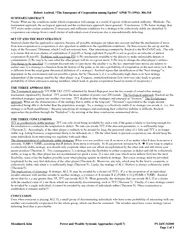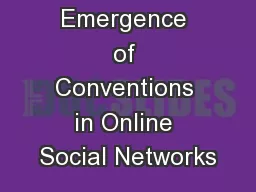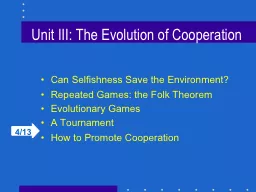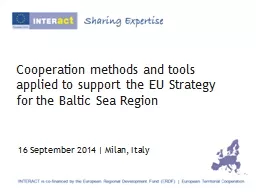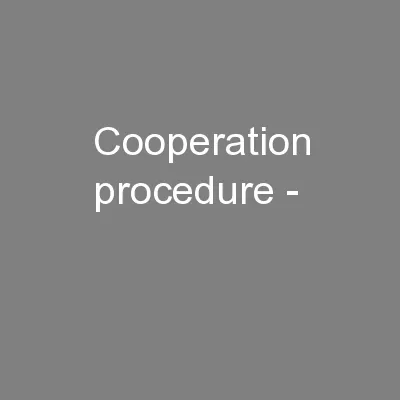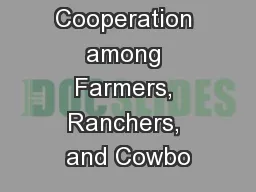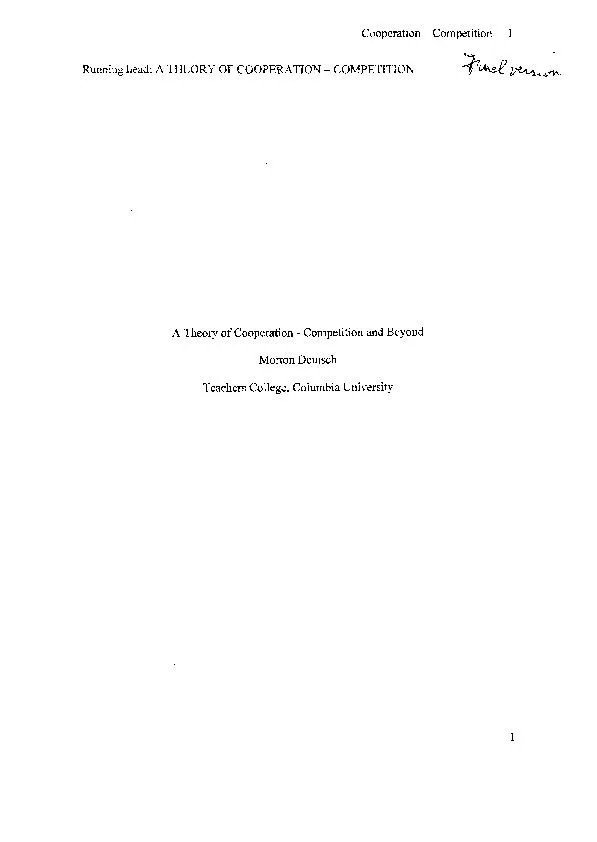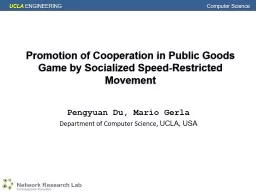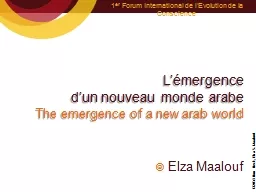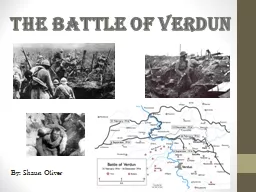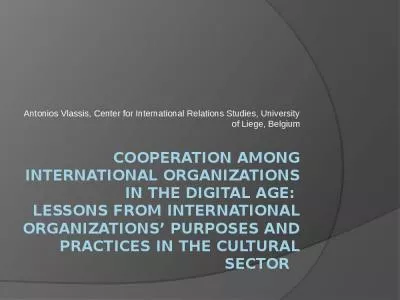PDF-Robert Axelrod The Emergence of Cooperation among Egoi
Author : faustina-dinatale | Published Date : 2015-06-07
Methods The tournament approach the ecological approach and the evolutionary approach most general Conclusions 1 No better strategy than TFT exists under certain
Presentation Embed Code
Download Presentation
Download Presentation The PPT/PDF document "Robert Axelrod The Emergence of Cooperat..." is the property of its rightful owner. Permission is granted to download and print the materials on this website for personal, non-commercial use only, and to display it on your personal computer provided you do not modify the materials and that you retain all copyright notices contained in the materials. By downloading content from our website, you accept the terms of this agreement.
Robert Axelrod The Emergence of Cooperation among Egoi: Transcript
Download Rules Of Document
"Robert Axelrod The Emergence of Cooperation among Egoi"The content belongs to its owner. You may download and print it for personal use, without modification, and keep all copyright notices. By downloading, you agree to these terms.
Related Documents

